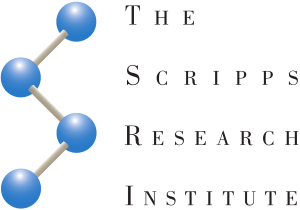Strategies for Controlling DAR in Antibody–Drug Conjugates (ADCs)
In the development of Antibody–Drug Conjugates (ADCs), one number often makes the difference between therapeutic success and failure: the Drug-to-Antibody Ratio (DAR).
DAR defines the average number of drug molecules attached to each antibody. This seemingly simple metric is crucial to the overall performance of an ADC—it directly affects pharmacokinetics, pharmacodynamics, efficacy, toxicity, and consistency from batch to batch. Optimizing and tightly controlling DAR is therefore not just a technical detail; it’s a core requirement for developing safe and effective ADC therapeutics.
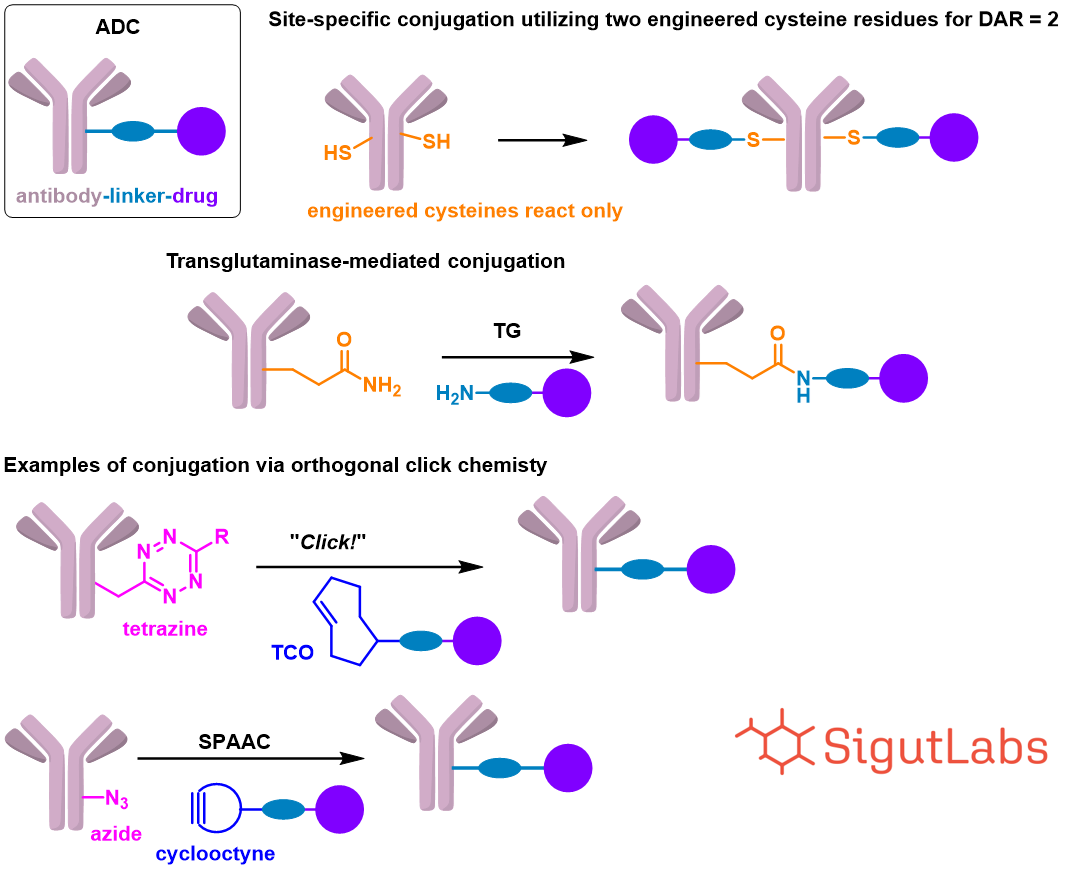
Proven Strategies for DAR Control
Several well-established strategies can be employed to achieve better DAR control:
1. Site-Specific Conjugation
By engineering specific residues—such as cysteines, lysines, or even non-natural amino acids—on the antibody, scientists can direct conjugation to precise locations. This leads to more homogeneous ADC products and predictable in vivo behavior.
2. Enzymatic Conjugation
Enzymes like transglutaminase and sortase A offer a highly selective approach to conjugation. These enzymatic methods enable attachment of payloads at defined sites with excellent reproducibility, making them ideal for consistent DAR control.
3. Click Chemistry
Bioorthogonal reactions, such as SPAAC (strain-promoted azide-alkyne cycloaddition) or tetrazine–TCO ligation, allow for efficient and selective conjugation under mild, biologically compatible conditions. These “click” reactions are gaining popularity for their precision and adaptability in ADC design.
4. Linker–Payload Design
The nature of the linker—whether cleavable or non-cleavable, hydrophilic or hydrophobic—significantly influences DAR and the ADC’s pharmacological profile. Fine-tuning linker design can help stabilize the final product and improve both manufacturability and tolerability.
5. Stoichiometry and Process Control
Sometimes the fundamentals matter most. Carefully controlling the molar ratio of payload to antibody, as well as reaction parameters such as pH, temperature, and reaction time, remains a cornerstone of DAR optimization.
How We Help at SigutLabs
At SigutLabs, we thrive on tackling the complex chemistry challenges behind ADC development. Whether you’re working with maleimides, click chemistry handles, or custom linker–payload systems, we provide tailored chemical solutions to match your conjugation strategy and help you maintain precise DAR control.
Let us know how we can support your next ADC project—because in ADCs, precision chemistry is everything.
OUR CASE STUDY
Scale-up to accelerate drug discovery
Our experience helped overcome development hurdles for potential cancer & mental health drugs.
Read moreEmpowering neuro research with pro-N6pA
Sigut Labs scaled up pro-N6pA production, simplifying AMPylation research & boosting accessibility.
Read moreADC development leaps with new linkers
Novel linker design expedited ADC advancement, leading to promising lead compounds faster.
Read moreLincomycin derivative scale-up
Over 30 g of the desired product with exceptional purity was obtained through our optimized procedure.
Read morePurifying 350 kg of vitamin K2 oil
Our innovative scale-up technology helped to reduce the client’s purification process from days to hours.
Read more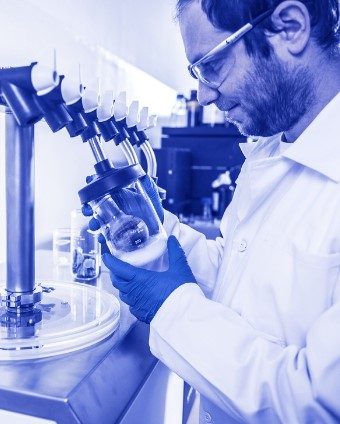
Custom synthesis
Providing for a custom synthesis of previously reported molecules using described synthetic procedures.
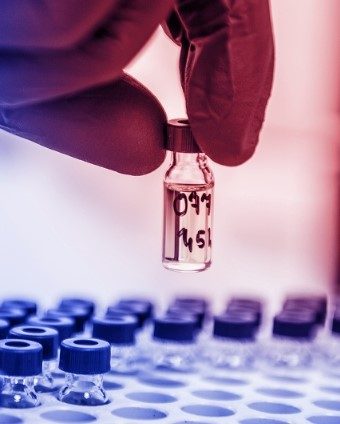
Contract research
Developing novel synthetic routes to provide undescribed compounds in organic, bioorganic, and medicinal chemistry.
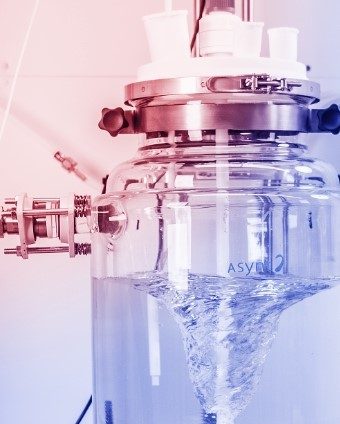
Scale-Up
Helping you go from lab scales to an industrial scale by applying our cutting-edge instrumentation.

Our Experts


Partners & distributors
